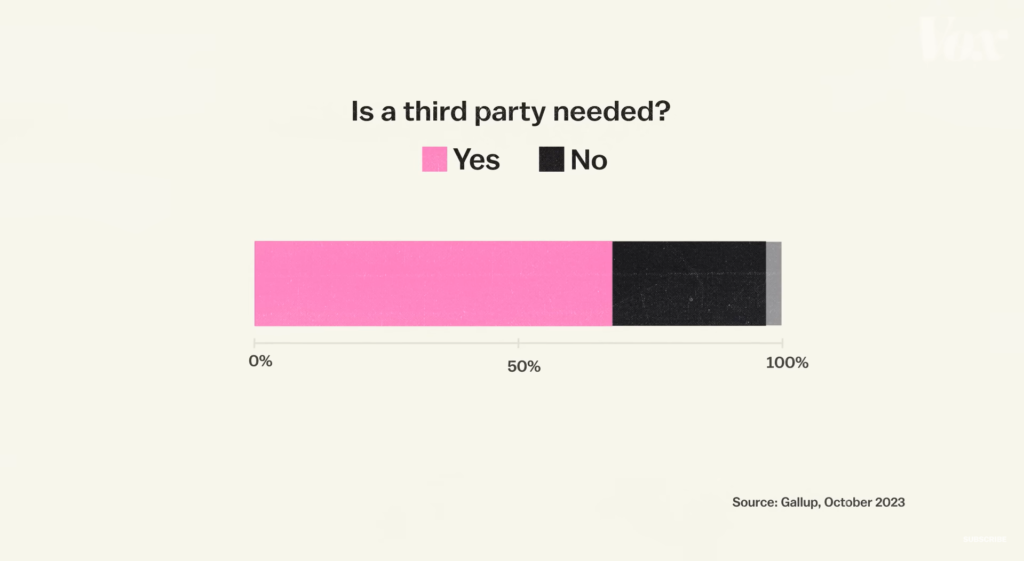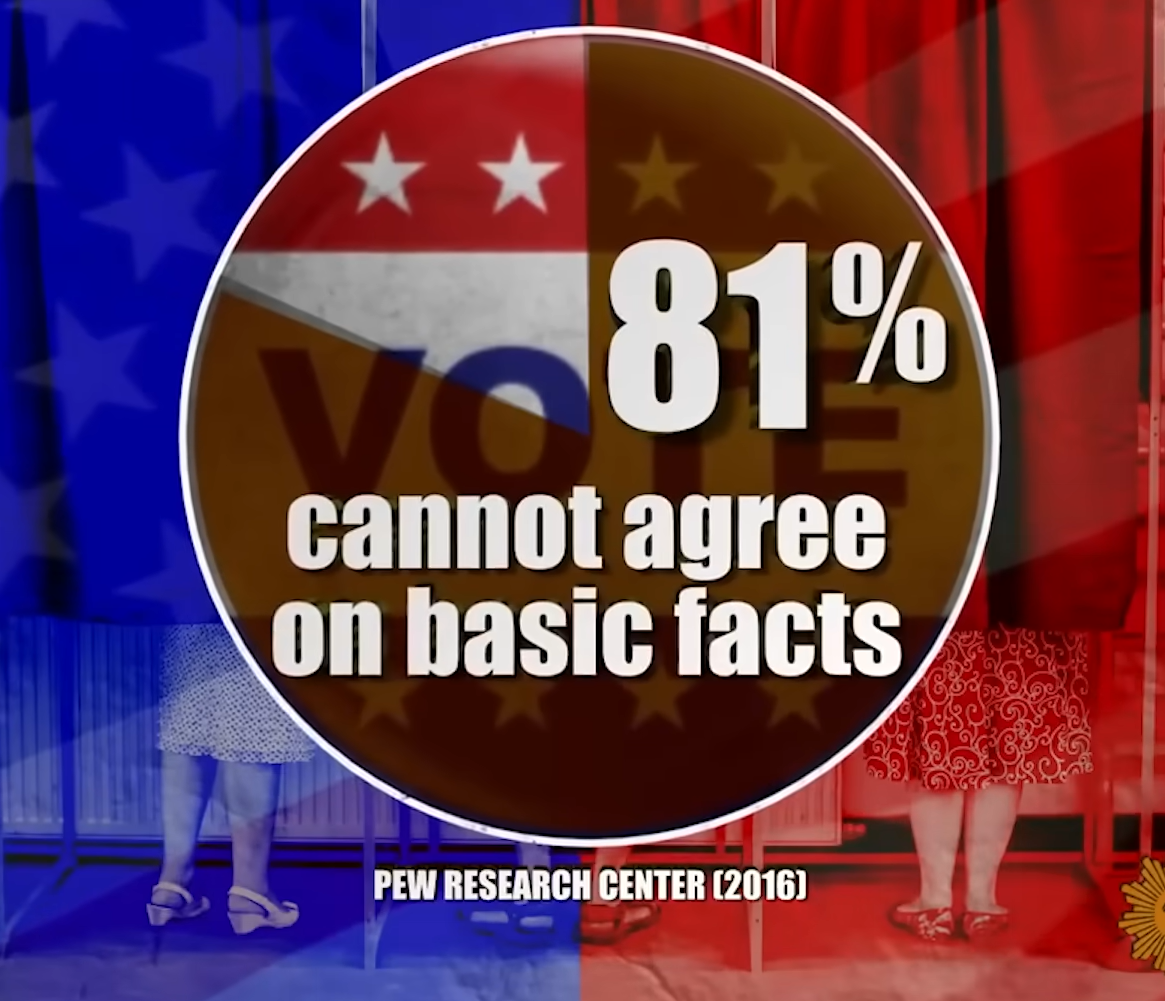The United States prides itself on being a beacon of democracy, yet the US presidential election system is often criticized for failing to provide voters with adequate choice. With only two major parties dominating the political landscape, many Americans feel frustrated that their voices and perspectives are not being adequately represented.
By nature, US presidential elections are held on the idea of “winner-take-all”. It means that the candidate who receives the most votes in a given district or state wins the seat, while all other votes essentially go to waste. This system inherently discourages the emergence and success of third parties, since voting for them is often seen as a “protest vote” that ends up benefiting the party you least agree with.

Alternative Options
The proportional representation systems are used in many other democracies around the world. In these systems, a party’s share of seats in the legislature is more closely tied to its share of the popular vote. Examples include Germany’s “mixed-member proportional” model and Ireland’s “ranked choice” voting.
It is important to note that proportional representation doesn’t just apply to US presidential elections – it can also be implemented at the congressional and state/local levels. In fact, some US cities and states have already started experimenting with ranked choice voting and other more inclusive electoral methods.
The key benefits of these alternative voting systems are that they foster more varied political representation, encourage collaboration and coalition-building. It gives voters more meaningful choices beyond the traditional two-party dynamic. This, in turn, could help address the polarization and dysfunction that currently plagues US politics.
Changing US Presidential Election System
Of course, transitioning the US presidential election system to a more proportional electoral model would face significant institutional and political hurdles. Changing the way Congress is elected would require Congress itself to act – a tall order given the current gridlock.
However, the state and local governments have more flexibility to experiment with new voting methods. The more diverse models we can implement across the country, the better we can understand their pros and cons and build momentum for broader national reforms.
Read More:- The Uphill Battle to Ban TikTok in the U.S.
Conclusion
We would like to say the US presidential election system needs to move beyond its entrenched two-party system. By adopting voting systems that more fairly translate votes into representation, Americans may finally get the multi-faceted political choices they so clearly crave. The path forward is challenging, but the potential rewards for US democracy are immense.
Do you want to explore the world of anime? Head on to Pop Media Pulse
